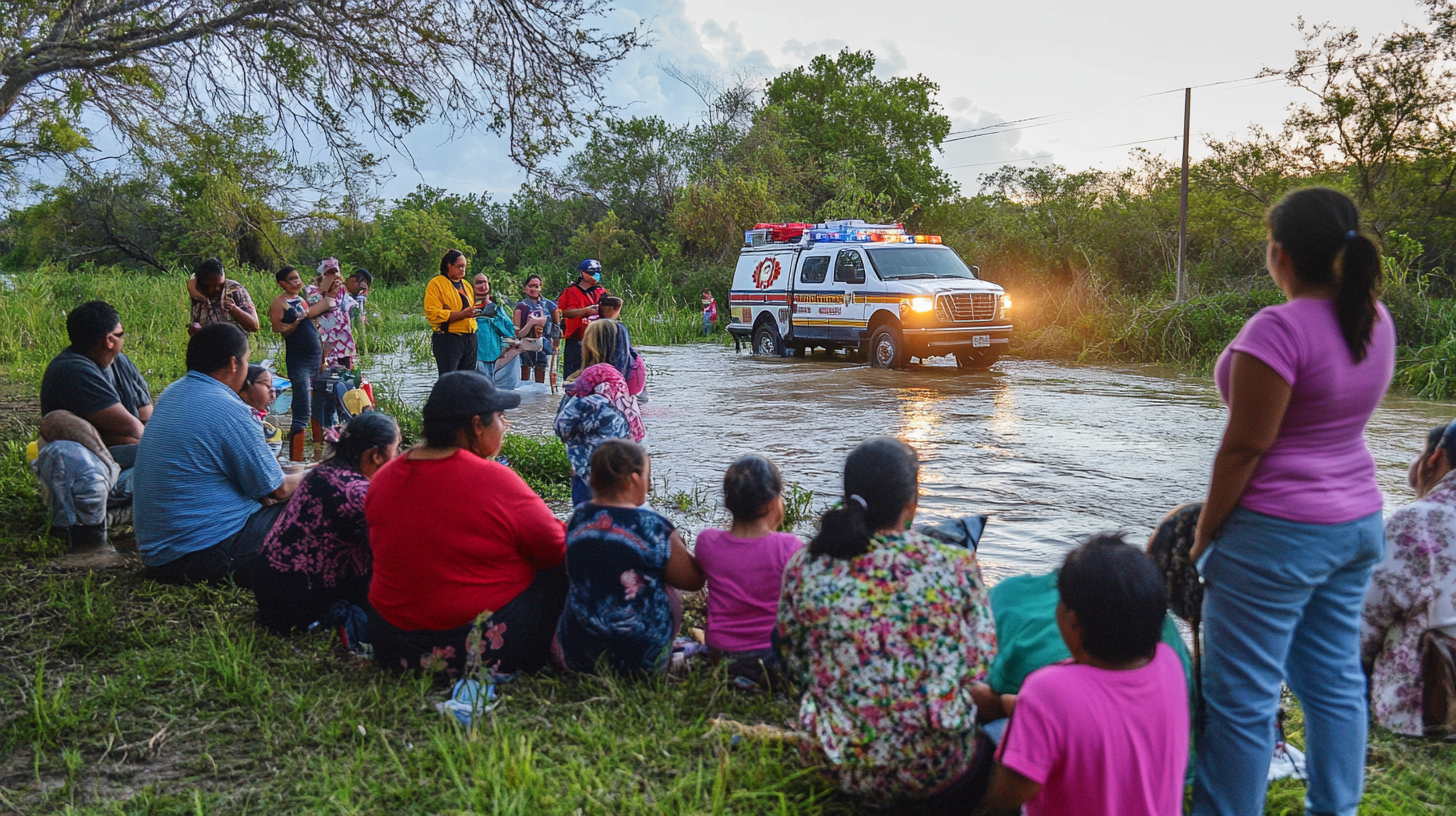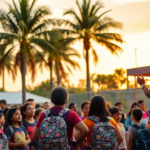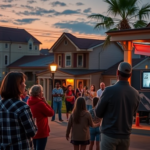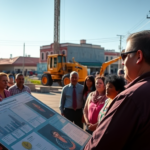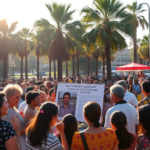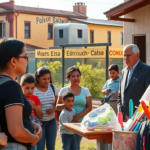Salvation Army Rallies to Aid Rio Grande Valley Flood Victims
In the aftermath of the destructive March 2025 floods, the Salvation Army in McAllen has emerged as a critical support system for families across the Rio Grande Valley (RGV) grappling with displacement and significant loss. Their concerted efforts have brought much-needed relief and underscore the profound local impact of community-focused disaster response initiatives in South Texas.
Large-Scale Response to a Community in Need
The powerful storm that swept across the RGV left a trail of flood-ravaged homes and displaced families in its wake. Spearheading the relief operations, the Salvation Army has served over 35,000 hot meals in just the past week, demonstrating the organization’s robust disaster preparedness and commitment to Valley residents.
“We are dedicated to being a reliable support system,” emphasized Maj. Frank Zuniga of the Salvation Army. He further detailed that units from various branches, including those from Willacy and Cameron Counties, had mobilized to assist in areas hardest hit, such as Harlingen.
Background and Context of Flood Impact
Floods are not a new threat to the Rio Grande Valley, but their frequency and intensity have raised ongoing concerns about infrastructure resilience and emergency preparedness. This particular flood event highlighted the vulnerability of low-lying regions and stressed the importance of rapid response capabilities. Varsity initiatives, like those from the Salvation Army, reinforce the community’s ability to weather these challenges.
Local resident and flood victim, Teresa Ramirez, who has taken refuge in temporary shelters, shared, “You don’t realize how a warm meal can lift your spirits until you’ve lost everything. Knowing that the Salvation Army is here gives us hope.”
Community and Economic Implications
The floods’ aftermath extends beyond immediate physical damage, posing longer-term economic impacts for the Valley. Local businesses face reconstruction challenges, while families are confronted with housing uncertainties. “The RGV economy, especially among smaller businesses, will feel these repercussions for months to come,” noted local economist Dr. Pedro Alvarez.
While the Salvation Army’s relief efforts provide essential on-the-ground support, they also help stabilize the situation, inviting further assistance from other non-profit organizations and state resources. Their presence acts as a catalyst for comprehensive recovery and recovery initiatives, fostering community resilience.
Continuing and Upcoming Efforts
The Salvation Army’s call for donations reflects an ongoing need for community assistance. Given the severity of the floods, substantial resources are necessary to sustain these relief efforts. Maj. Zuniga and his team encourage Valley residents and others to contribute as they can, either through direct donations or volunteering.
Additionally, county officials are looking into infrastructure improvements to mitigate future flood risks. There’s an ongoing conversation around boosting the Valley’s flood defense systems, with proposals for better drainage and early warning systems under discussion.
Local Resources Facilitate Recovery
Residents seeking assistance can contact the Salvation Army for support details or visit their distribution centers set up across the Valley. These local resources emphasize community interest and ensure that aid reaches those in dire need, particularly in rural and hard-to-reach areas.
Moreover, the RGV community stands united in its support. Acts of solidarity between local agencies, non-profits, and Valley residents underline a community spirit resilient in the face of adversity. This collaborative effort, bolstered by local impact investments from public and private sectors, aims to rebuild and strengthen the RGV for future challenges.
Future Considerations for the Community
As the Salvation Army and other organizations continue providing relief, recognizing the intersection of emergency response and sustained regional development becomes paramount. Encouraging innovations in smart city planning and developing community-led resilience strategies are essential steps forward.
The floods have highlighted vulnerabilities, but also opportunities for growth and improvement. By engaging with these challenges head-on, the RGV can set precedents for other regions encountering similar threats.
The combination of immediate relief efforts, like those from the Salvation Army, with strategic long-term planning will chart a hopeful direction for the Valley, strengthening its infrastructure, community bonds, and economic stability for generations to come.
Conclusion
In summary, the Salvation Army’s response to the recent flooding in the Rio Grande Valley showcases the difference community-driven efforts can make during disasters. As Valley residents navigate this challenging time, the solidarity and support burgeoning in South Texas reassure those affected, promising them a path toward recovery and hope. Through measured actions and compassionate outreach, the RGV exemplifies the spirit of resilience and empathy at the heart of community interest throughout Southern Texas.

